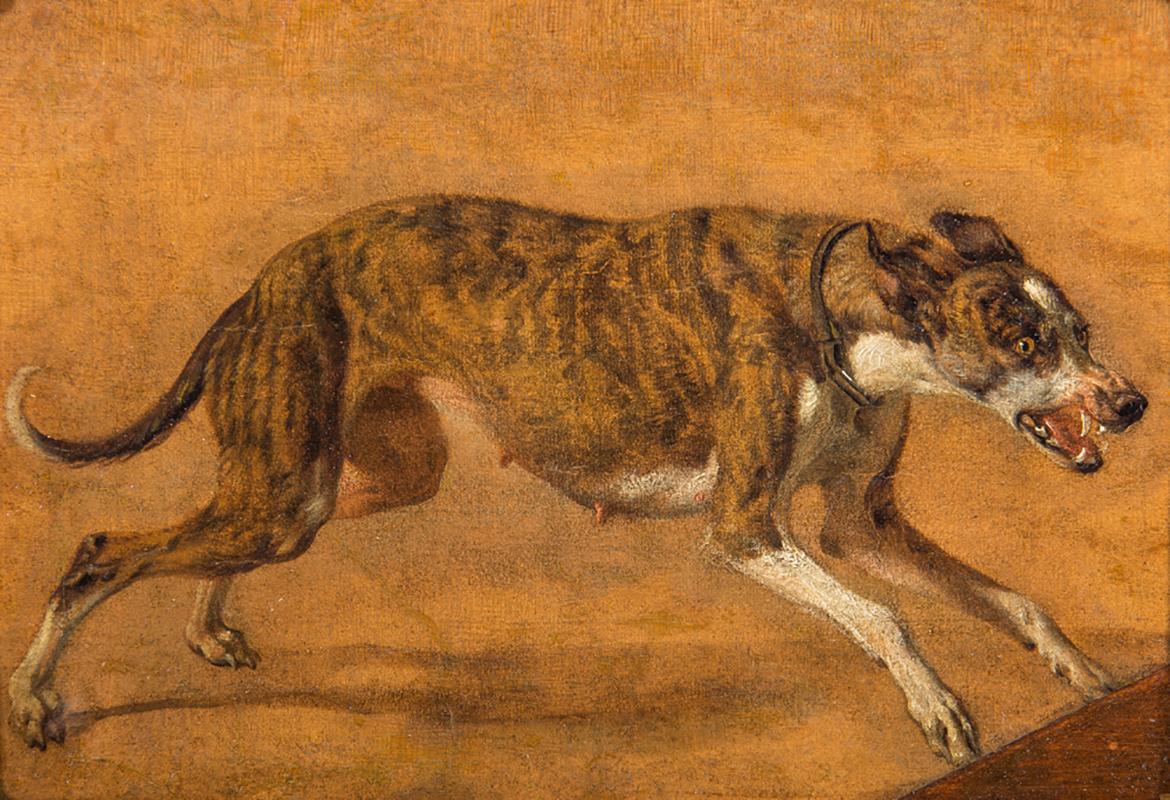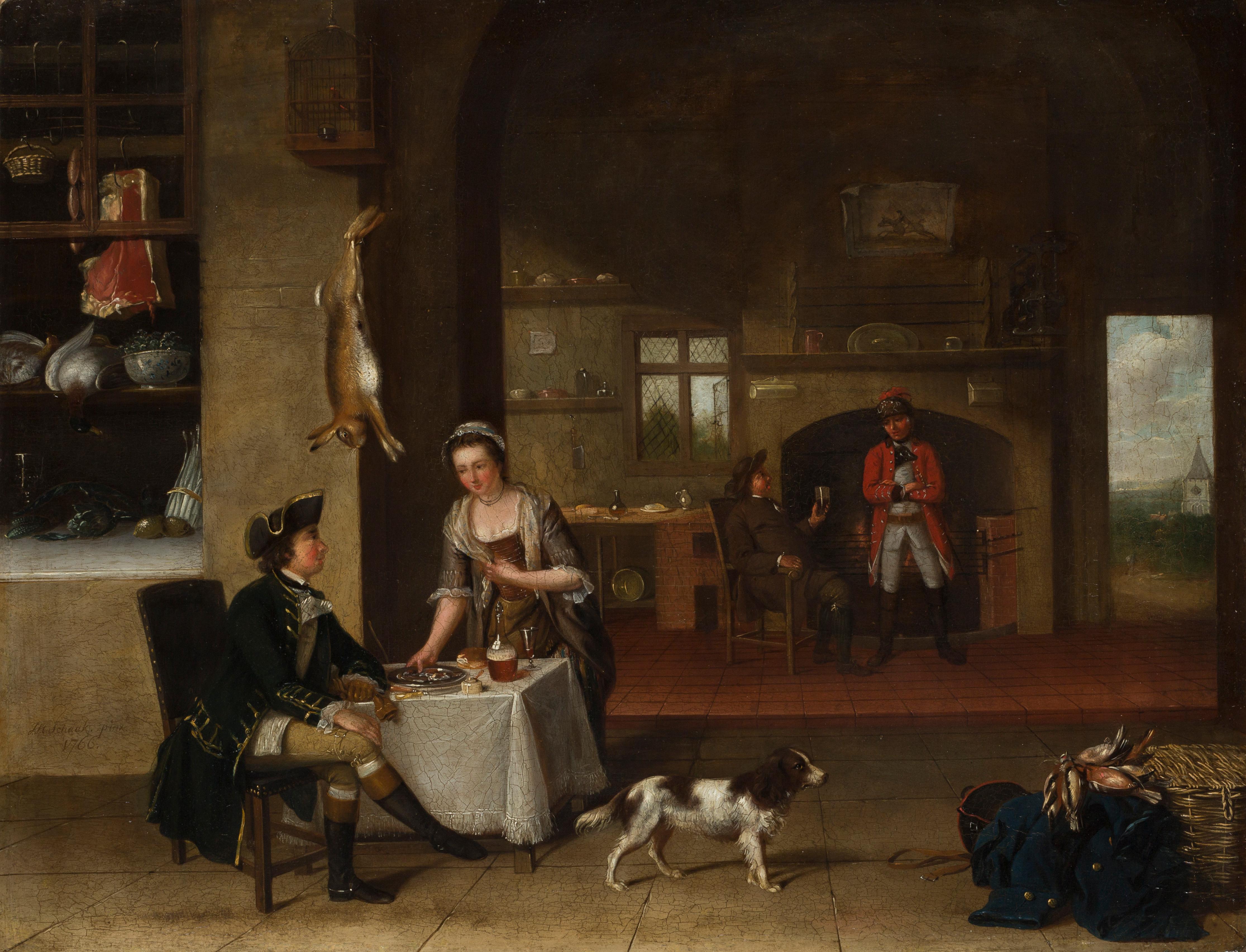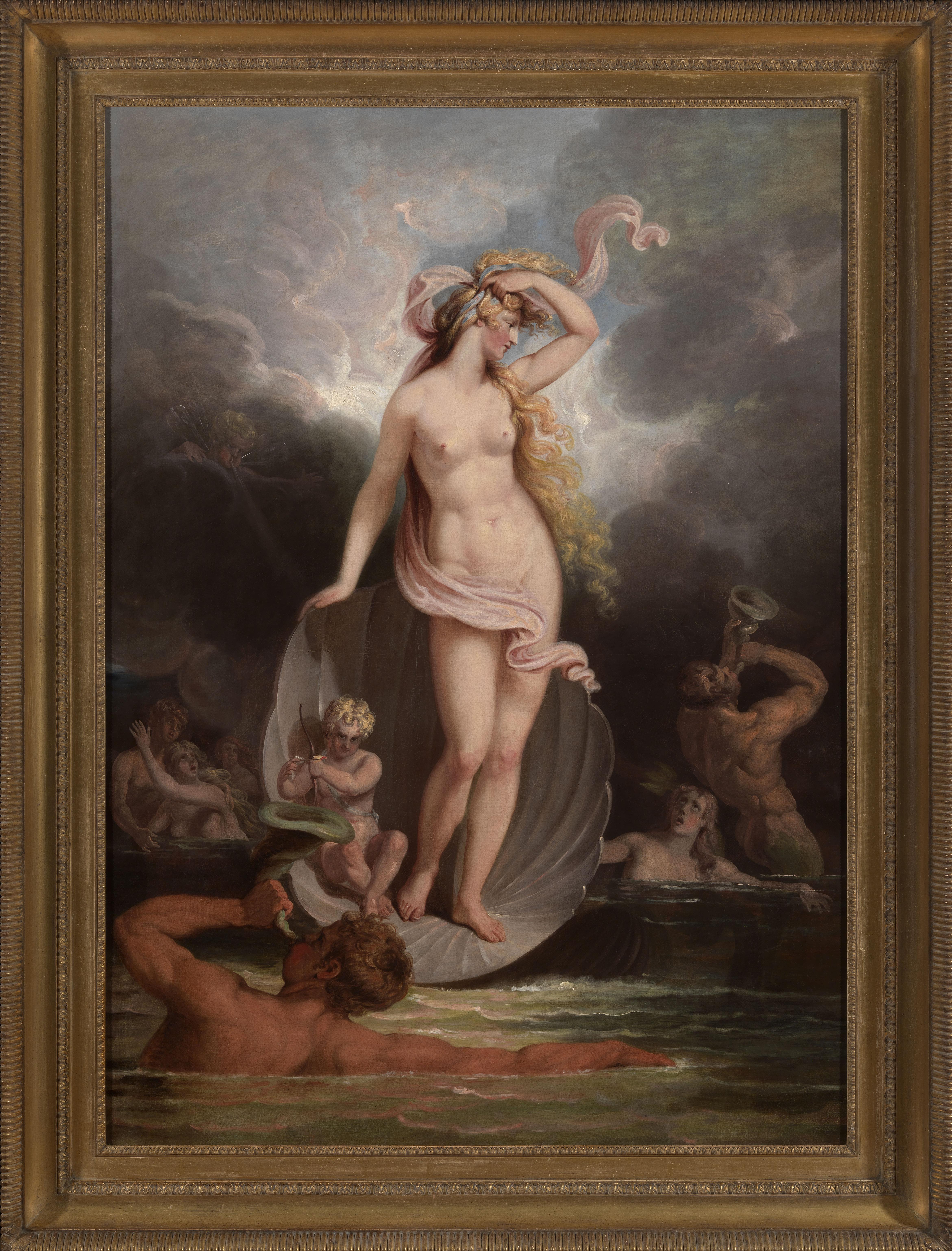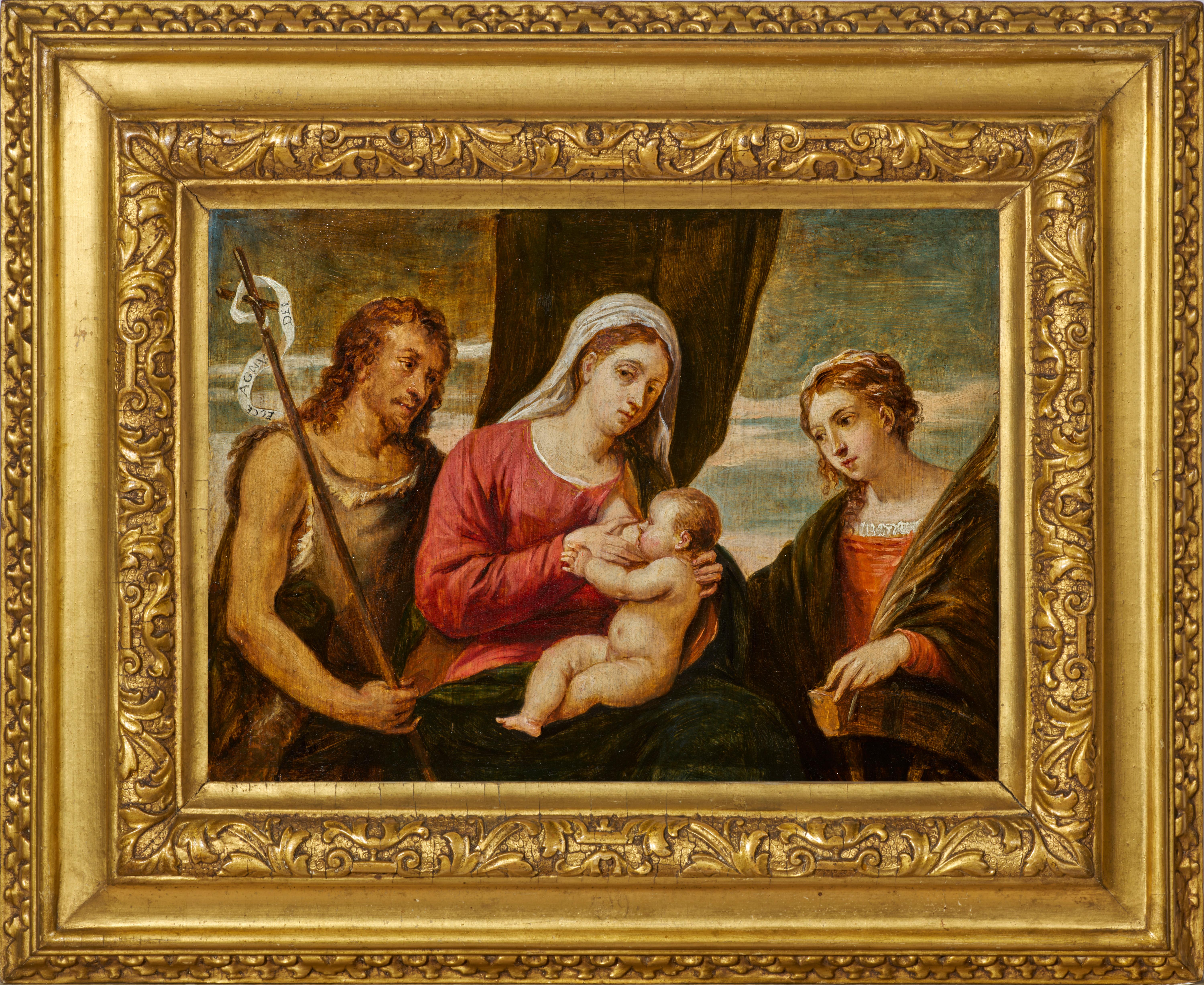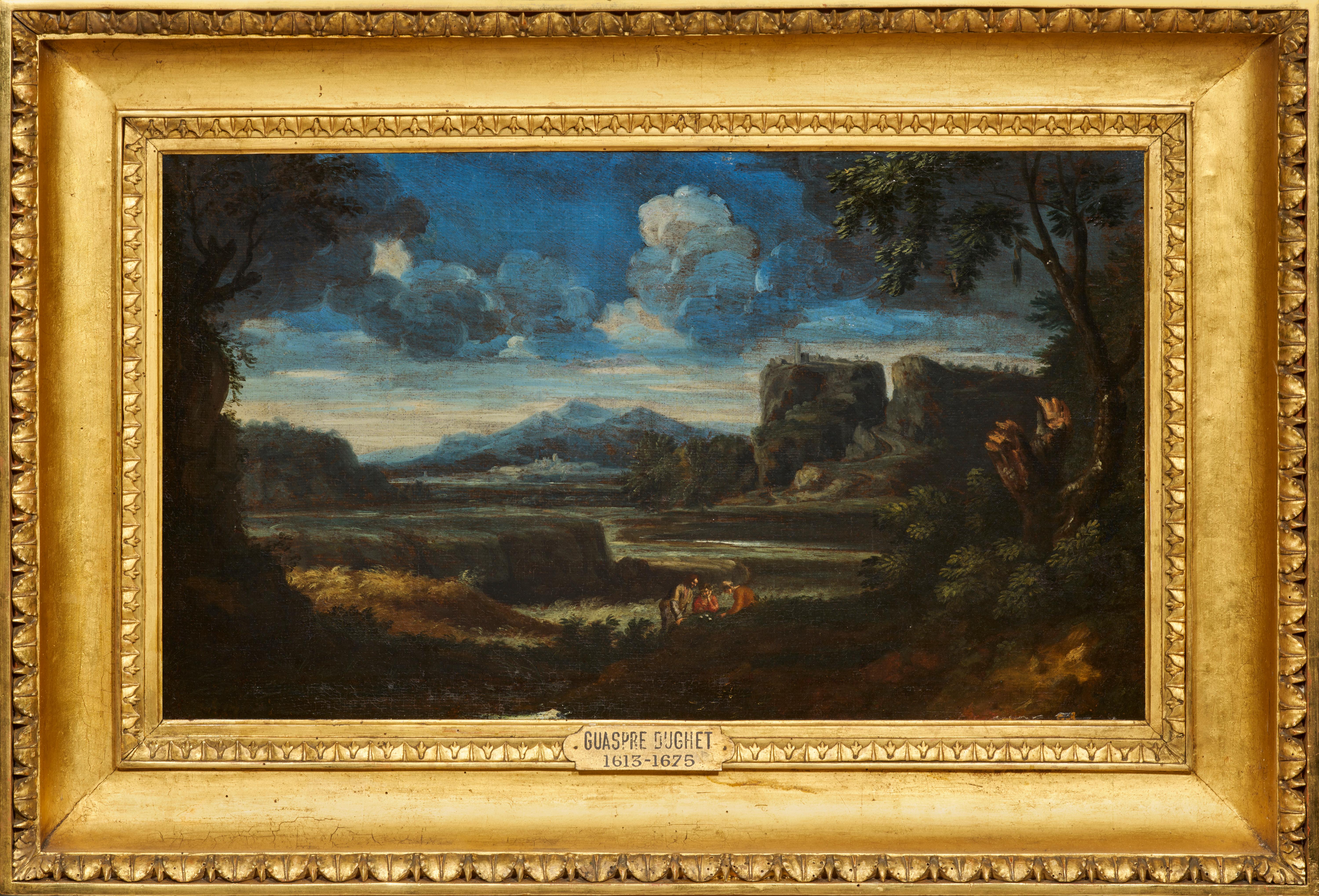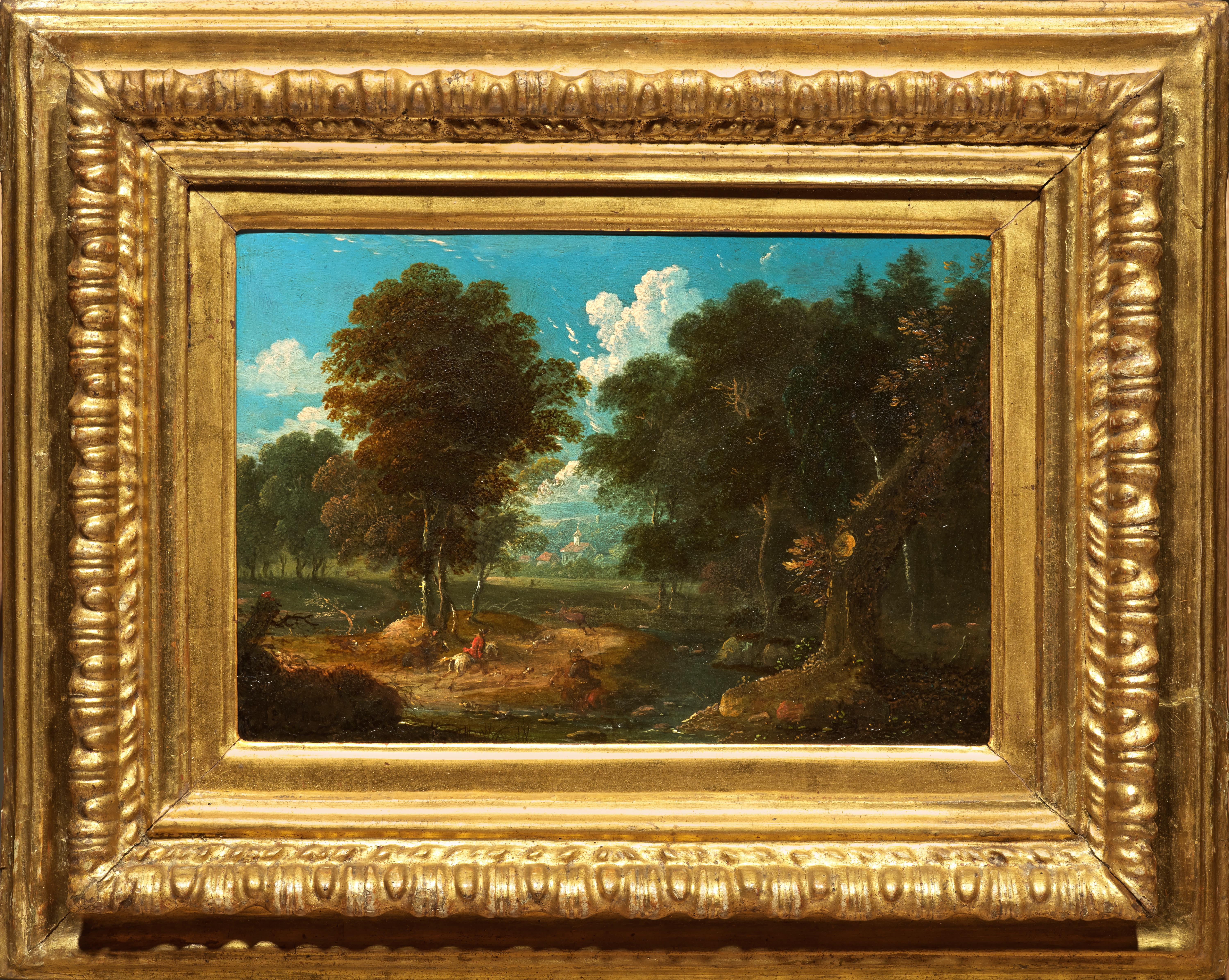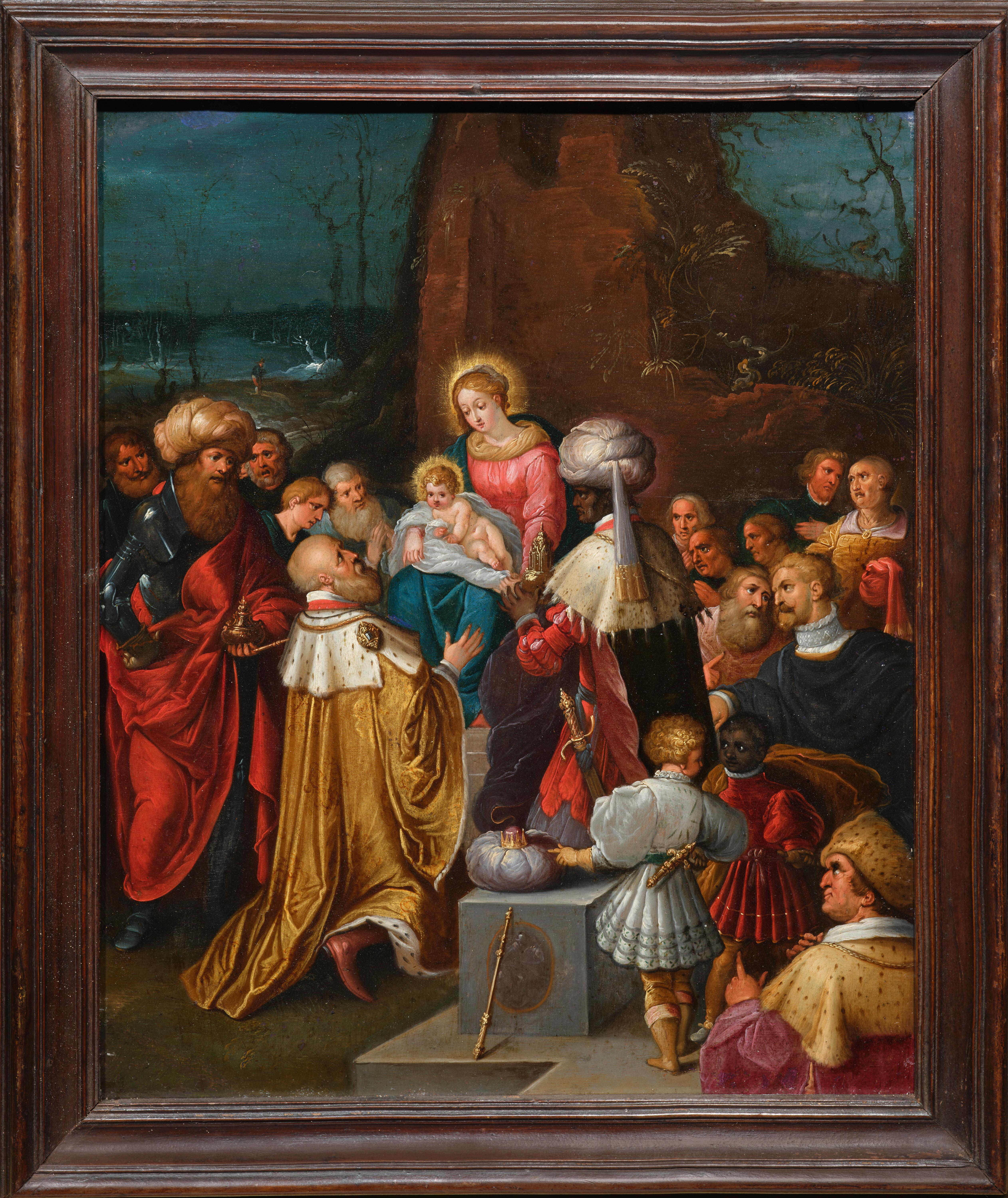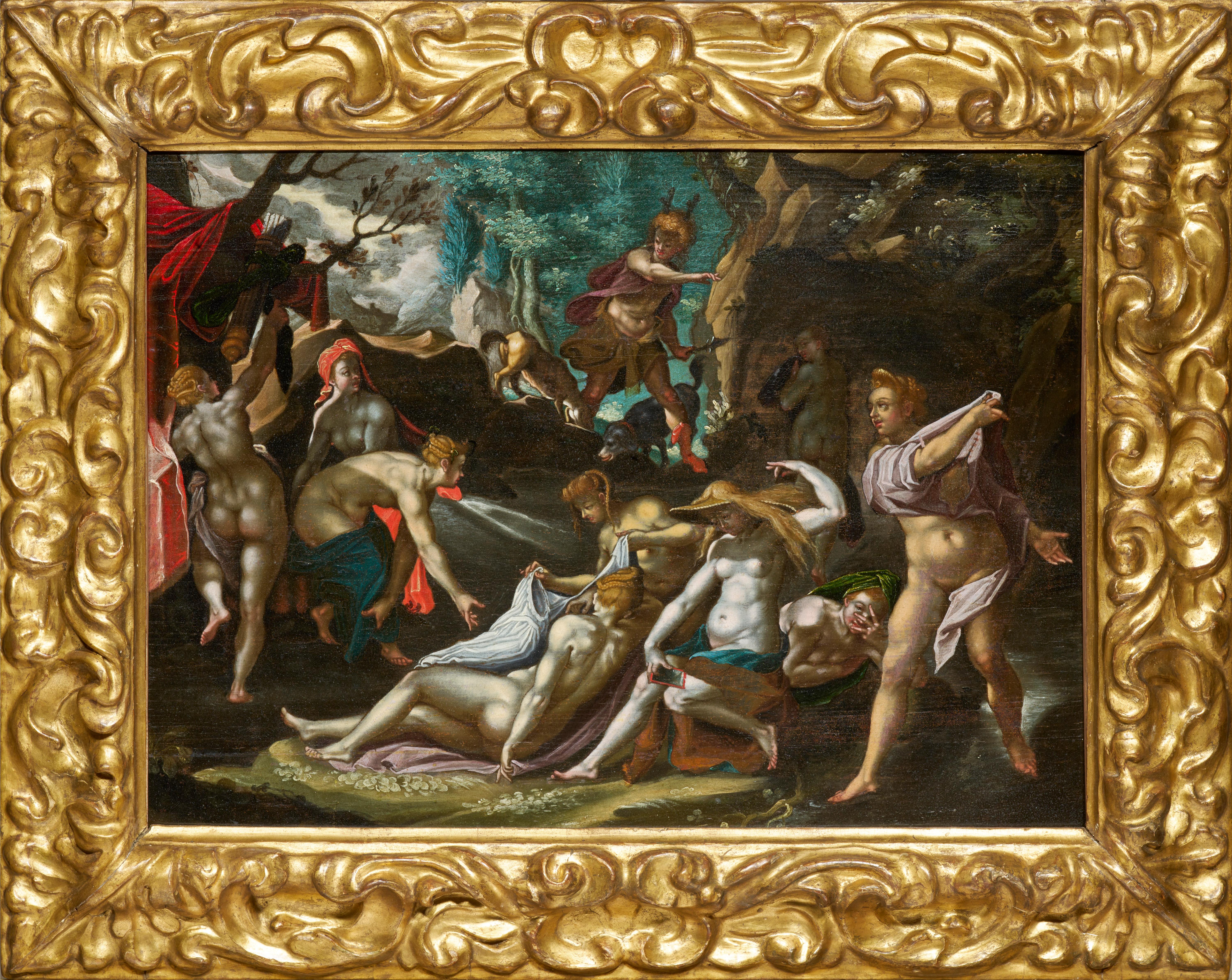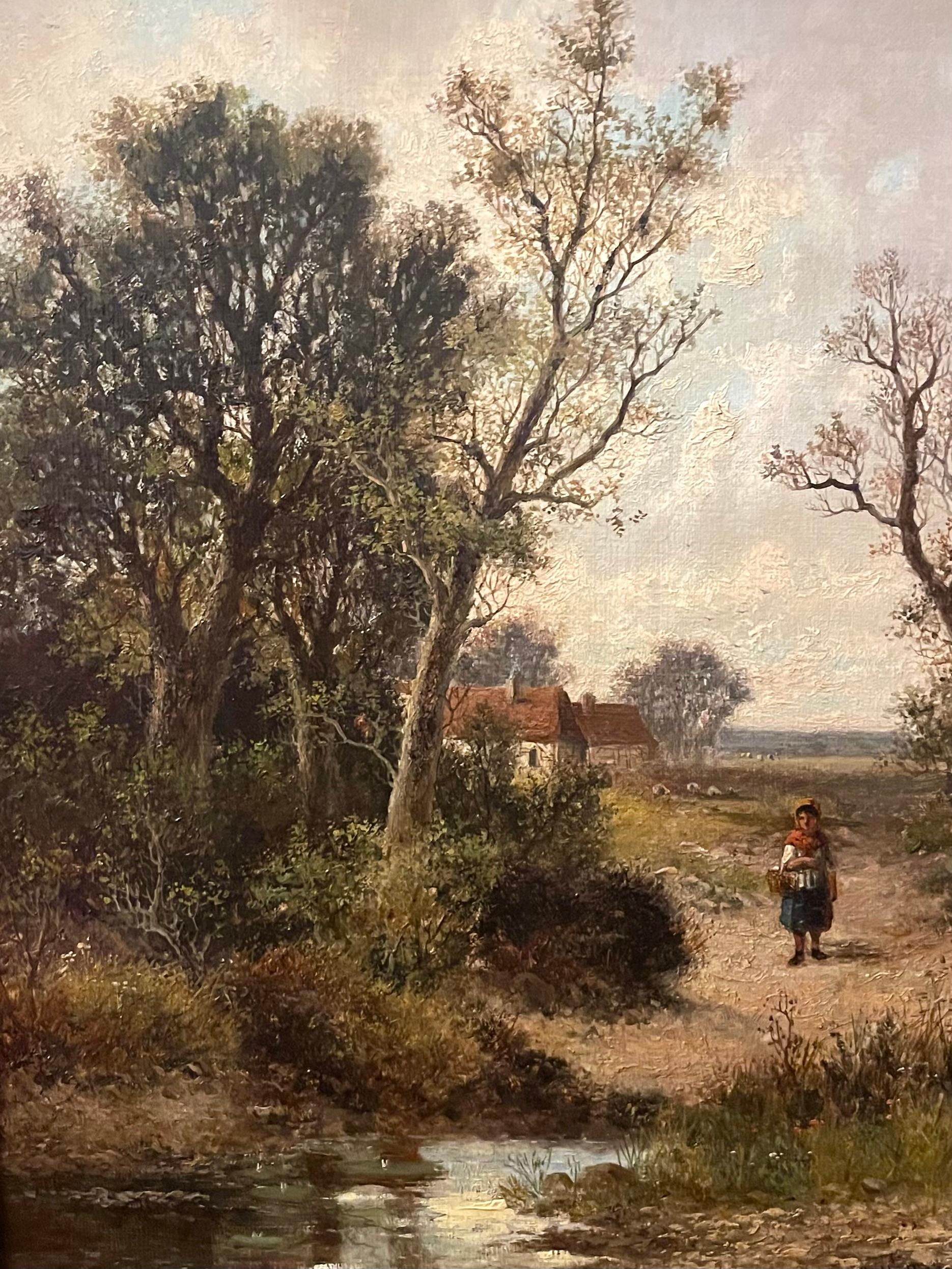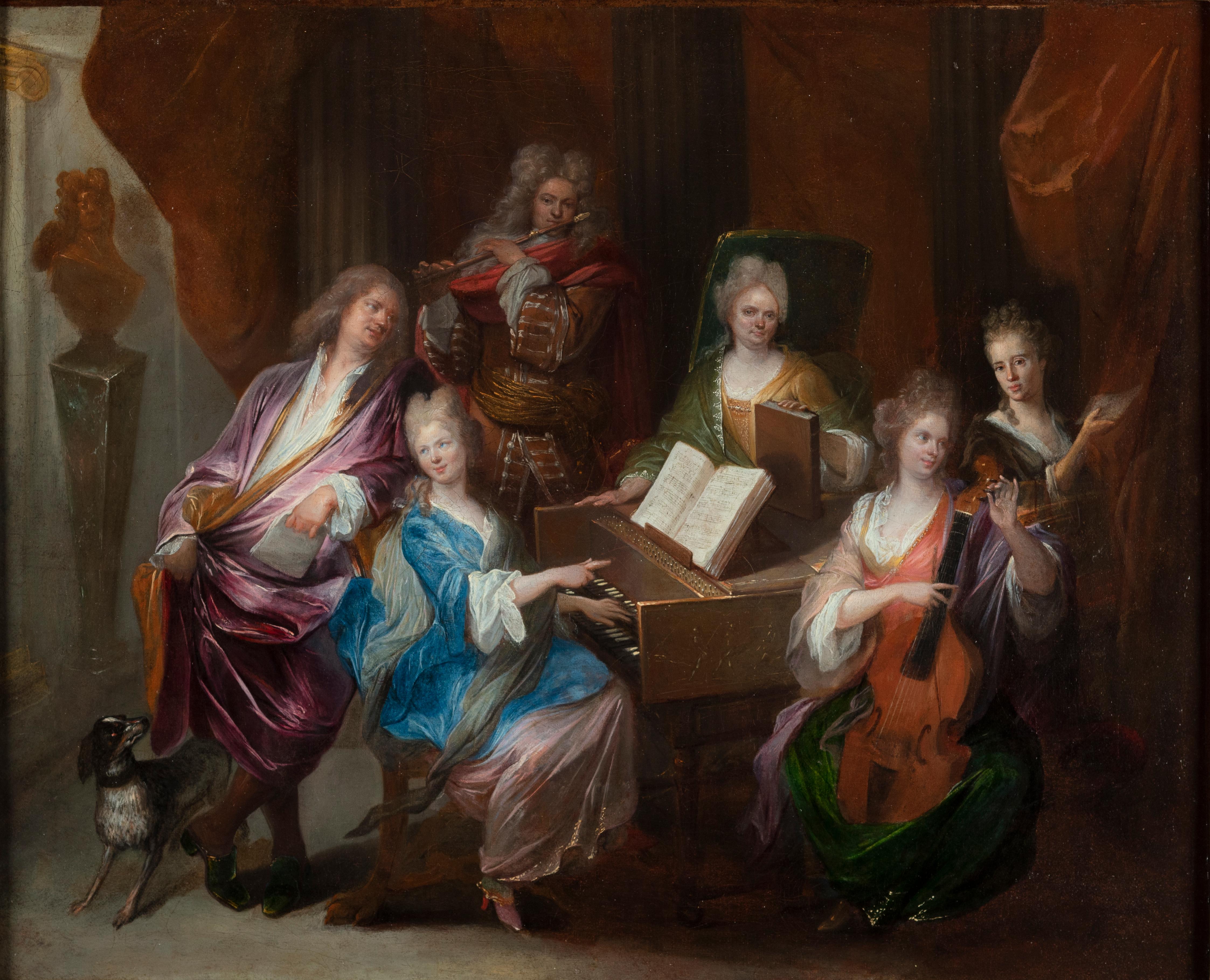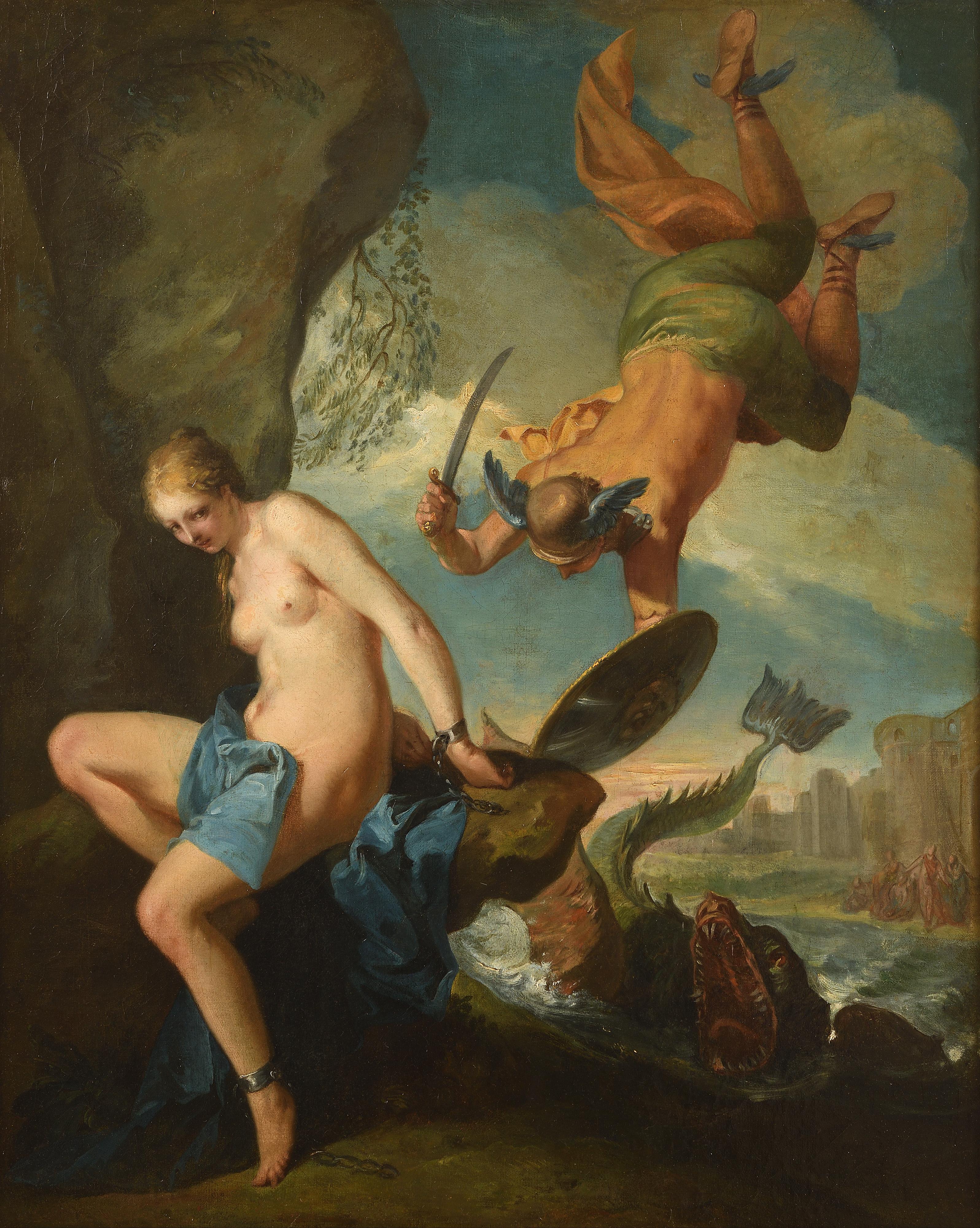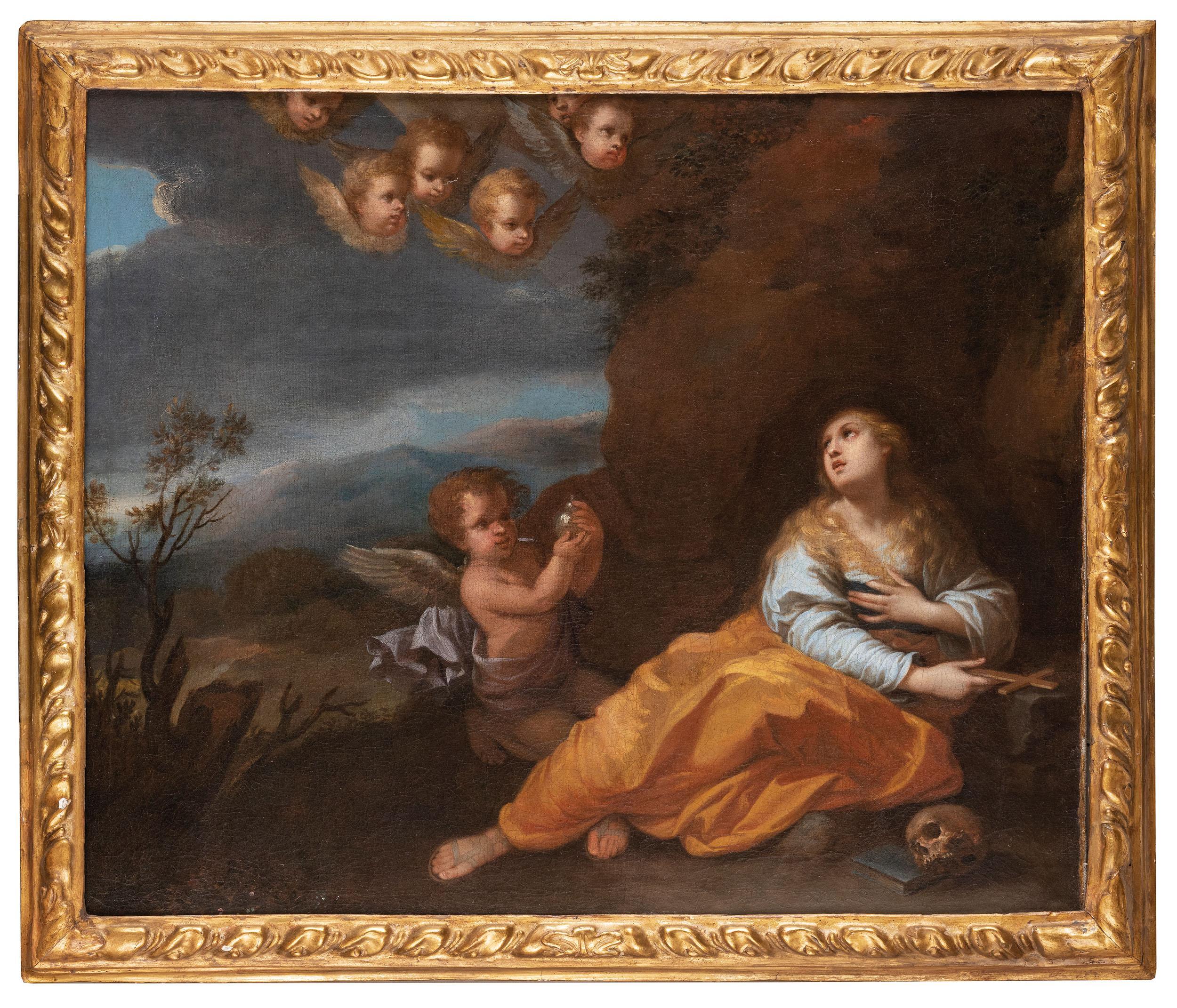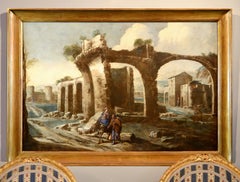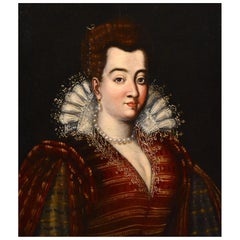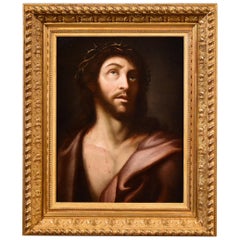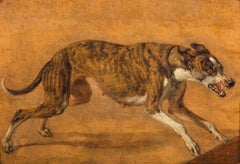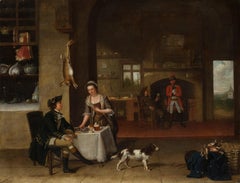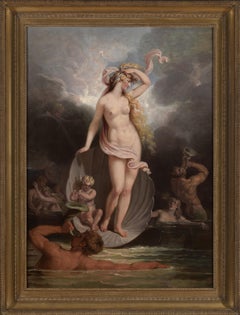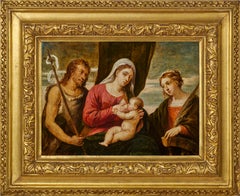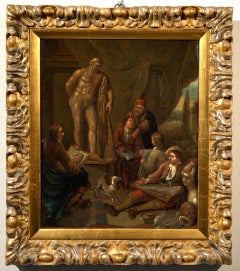
Painting Lesson Circle of Van Den Bossche Oil on Canvas Old Master 17/18th C.
View Similar Items
Want more images or videos?
Request additional images or videos from the seller
1 of 20
Painting Lesson Circle of Van Den Bossche Oil on Canvas Old Master 17/18th C.1695-1730
1695-1730
Price:$3,000
$6,105.56List Price
About the Item
- Creation Year:1695-1730
- Dimensions:Height: 26.78 in (68 cm)Width: 23.23 in (59 cm)
- Medium:
- Movement & Style:
- Circle Of:Balthasar van den Bossche (1681 - 1715, Flemish, Belgian)
- Period:
- Condition:
- Gallery Location:Riva del Garda, IT
- Reference Number:1stDibs: LU98817721352
About the Seller
4.9
Platinum Seller
Premium sellers with a 4.7+ rating and 24-hour response times
Established in 2017
1stDibs seller since 2018
249 sales on 1stDibs
Authenticity Guarantee
In the unlikely event there’s an issue with an item’s authenticity, contact us within 1 year for a full refund. DetailsMoney-Back Guarantee
If your item is not as described, is damaged in transit, or does not arrive, contact us within 7 days for a full refund. Details24-Hour Cancellation
You have a 24-hour grace period in which to reconsider your purchase, with no questions asked.Vetted Professional Sellers
Our world-class sellers must adhere to strict standards for service and quality, maintaining the integrity of our listings.Price-Match Guarantee
If you find that a seller listed the same item for a lower price elsewhere, we’ll match it.Trusted Global Delivery
Our best-in-class carrier network provides specialized shipping options worldwide, including custom delivery.More From This Seller
View AllBanquet Attrib to Van Den Hoecke Religious Oil on Table Old Master 17th Century
By Gaspar van den Hoecke (Antwerp, 1585 - 1648)
Located in Riva del Garda, IT
Gaspar van den Hoecke (Antwerp, 1585 - 1648)
Herod's banquet
Early 17th century
oil on panel, with gold highlights (in the guise of Salome and in the curtains of the building in the background)
56 x 80 cm.
framed 72 x 90 cm.
Note: The painting probably dates from an original by Frans II Francken (1581 - 1642), which is shown under the number 0000344789 in the RKD.
Valuable oil painting on panel depicting King Herod and the beautiful Jewish princess Salome according to the episode taken from the Gospel of Matthew (14.3-11), which sees her as the protagonist in the story of the martyrdom of John the Baptist. The event shown is a cross between history and legend, a myth faced for centuries by artists in every field: Caravaggio in painting, Oscar Wilde in theater, Richard Strauss...
Category
17th Century Old Masters Paintings
Materials
Oil
$15,575 Sale Price
20% Off
Landscape Paint Oil on canvas Italy 17th Century Quality Old master Holy family
By Antonio Travi
Located in Riva del Garda, IT
Antonio Travi, called Sestri
(Genoa, Sestri Ponente 1608 - Genoa 1665)
Landscape with ruins and biblical scene
First half of the seventeenth century
oil on canvas, 82 x 121 cm
The beautiful painting published, which presents a vast landscape with architectural ruins, fully reflects the pictorial poetics of Antonio Travi (Sestri Ponente 1608 - Genoa 1665), the first landscape painter of the Genoese pictorial school; A poetic that remains constant throughout his career: Bernardo Strozzi...
Category
17th Century Old Masters Paintings
Materials
Oil
Portrait Lady Pulzone Paint Oil on canvas Old master 16th Century Italian Roma
Located in Riva del Garda, IT
Scipione Pulzone, called Il Gaetano (Gaeta 1544 - Rome 1598) - workshop of
Portrait of Bianca Cappello (Venice, 1548 - 1587) Grand Duchess of Tuscany, second wife of Francesco I de 'Medici
Second half of the 16th century
oil on canvas, cm. 70 x 56 cm., Framed 103 x 87 cm.
The proposed painting illustrates the portrait of Bianca Cappello (Venice, 1548 - 1587), a noblewoman of Venetian origins, second wife of the Grand Duke of Tuscany Francesco I de 'Medici, whose expressive power is wisely highlighted by the composite cut of light three quarters, with the head and gaze directed at the observer. The beam of light coming from her right brings out the volumes of her face plastically and lingers on her features, highlighted by the large white lace ruff that surrounds his neck and by the details of her precious clothing.
Bianca wears a dark red dress, perhaps a zimarra, embroidered in gold with a plunging neckline and a raised collar of the shirt curled in a ruff and also edged with precious lace, embroidered with the motif of the Florentine lily.
The favorite jewels of the noblewoman were pearls: we see them on a choker that adorns the neckline, in the earrings and again in the hairstyle, which sees the hair gathered at the nape of the neck and adorned with a string of small black pearls and embellished with a clasp.
It is a high-quality painting that can be confined to the workshop of the painter Scipione Pulzone called Gaetano, representing at best a pictorial genre, that of portraiture, in which the master excelled. This attribution would be confirmed by comparisons with the numerous portraits that Pulzone dedicated to the Medici family.
Our painting, in particular, could represent one of the versions that the workshop has replicated, at the request of the numerous art collectors who wish to have a portrait of one of the most influential personalities of the Florentine scene.
The characters drawn by Pulzone were icons of incomparable elegance: noblewomen, knights and religious lent their faces to the eye of the artist who was able to grasp every meticulous detail with his superb technique. A photographic wealth and surprising material attention that trace the pictorial prototypes of Flemish inspiration, in particular of Antonis Mor...
Category
16th Century Old Masters Paintings
Materials
Oil
$9,267 Sale Price
30% Off
Ecce Homo Christ Paint Oil on canvas 17th Century Old master Leonardo Italian
Located in Riva del Garda, IT
Lombard painter of the seventeenth century
Ecce Homo
Oil painting on canvas
56 x 43 cm. , framed 75 x 63 cm.
Provenance: Florence, Pandolfini, 5.10.2021, lot 209
The proposed canv...
Category
17th Century Old Masters Paintings
Materials
Oil
$5,980 Sale Price
20% Off
Rotterdam Port See Italian Paint Oil on canvas 18th Century Old master Flemish
Located in Riva del Garda, IT
Pair of views of Rotterdam: The Stock Exchange building / View of the canal with the old port
Eighteenth-century Vedutist painter
oils on canvas
47 x 66 cm. - with frame 56 x 75 cm.
This pleasant pair of paintings depict two glimpses of the city of Rotterdam, investigated here as vivid documentaries of the habits and customs from the public life of the wealthy Dutch port city, as well as one of the founders of the Dutch East India Company, is an excellent example of 18th century Vedutism
We see, in particular, in the first work the monumental Palazzo della Borsa (defined as Il Beurs), designed by the architect Adriaen van der Werff in Westnieuwland, initially a place destined for legislation on trade, where merchant-bankers met periodically to exchange securities credit and enter into sales; it is located on the bank of the Nordblaak River and shot with the Gaapers Bridge in the foreground.
The second work immortalizes the docking of the ancient port of Rotterdam, with the foreground view of the two city gates (the Wester Old Hoofdpoort on the left and the Ooster Oude Hoofdpoort on the right); in the background on the left the St. Laurenskerk (Church of San Lorenzo), also called the Great Church of Rotterdam, is the only medieval structure, while on the right the English Church.
Very well executed, characterized by a marked brightness and a chromatic range with bright colors and highlighted by the contrast between lights and shadows, our canvases are a very interesting testimony of eighteenth-century Rotterdam, portraying two of the views that have historically influenced a lot on economic history of the city.
We can attribute the authorship to an author of the full eighteenth century, inspired by the pictorial style of the Italian landscape painters and whose iconography was presumably drawn from the numerous prints with perspective views made through the optical cameras.
In particular, these views of Rotterdam draw their iconographic origin from a collection of perspective prints of the most influential European cities, made by the engraver Johann Balthasar Probst (1732-1801), characterized by a remarkable refinement in the line, at the service of a sense of perspective of undoubted value, and above all characterized by a strong Nordic taste.
Descendant of a large family of Augsburg engravers, Probst contributed to making his workshop an important European publishing center between the 17th and 18th centuries, among the major German print publishers in the first half of the 18th century.
Despite his travels, including in Italy, between Venice, Rome and Naples, not all the cities he portrayed were drawn from life but taken from earlier prints and drawings and filtered through northern European clichés.
Many of these engravings have been lost and are now difficult to find on the antiques market.
Category
18th Century Old Masters Paintings
Materials
Oil
$10,965 Sale Price
20% Off
Madonna Correggio Paint Oil on table 16th Century Old master Italian Religious
Located in Riva del Garda, IT
School of Antonio Allegri, known as Correggio (Correggio c. 1489 - 1534)
Attributable to Pomponio Allegri (Correggio, 1522 - Parma, 1593)
Madonna and Child, Two Angels and John the B...
Category
16th Century Old Masters Paintings
Materials
Oil
$18,067 Sale Price
20% Off
You May Also Like
Study of a dog
Located in Amsterdam, NL
Study of a dog
Oil on paper laid down on panel, 17.5 x 25.5 cm
Provenance
Private collection, the Netherlands
Note:
We are grateful to Mr Fred Meijer for his attribution to Ludolf de Jongh
Ludolf de Jongh was the son of a shoemaker. When his father moved to Rotterdam, the young Ludolf decided to learn art rather than shoemaking and became a pupil of Cornelis Saftleven. Later he studied under Anthony Palamedes in Delft and still later with Jan van Bijlert in Utrecht.
In 1635 he travelled to France with Francis Bacon. Seven years later, in 1642, he returned to the Netherlands when he heard that his mother had fallen ill. He set up a shop in Rotterdam, and his earliest signed paintings date from that year.
According to Houbraken, his travels had caused him to speak French so fluently, that his parents had to learn French in order to speak with him.
De Jongh’s work shows a strong influence from the Utrecht school of Caravaggio admirers, especially Jacob Duck...
Category
Mid-17th Century Old Masters Animal Paintings
Materials
Paper, Oil, Wood Panel
A Tavern Interior, 18th Century Old Master, Figurative Oil Painting by Schaak
Located in Greven, DE
A Tavern Interior - 18th Century Old Master, Figurative Oil Painting by Schaak
Little is known about the artist J.S.C. Schaak. He was active in England as a portraitist between 1760-1770. His name indicates his German or Dutch origin. Especially portraits of generals...
Category
18th Century Old Masters Figurative Paintings
Materials
Copper
$13,418 Sale Price
20% Off
18th century allegorical painting of The Triumph of Beauty
Located in London, GB
Exhibited:
London, Royal Academy, 1800, no. 93
What was happening in British history painting in around 1800? In recent discussions of the emergence of a British School of history painting following the foundation of the Royal Academy in 1768, this is a question which is rarely posed and one which is not easily answered. Examination of surviving Royal Academy exhibition catalogues reveals a profusion of artists’ names and titles, few of which remain immediately recognizable, whilst endeavours to explain the impact of exhibition culture on painting - such as the 2001 Courtauld show Art on the Line - have tended to focus on the first and second generation of Royal Academician, rather than young or aspiring artists in the early nineteenth century. This makes the discovery and identification of the work under discussion of exceptional importance in making sense of currents in English painting around 1800. Executed by Edward Dayes...
Category
18th Century Old Masters Figurative Paintings
Materials
Canvas, Oil
Virgin and Child, a paiting by David Teniers the Younger after Palma Vecchio
By David Teniers the Younger
Located in PARIS, FR
Provenance:
Dukes of Marlborough Collection, Blenheim Palace until its sale at Christie's London on 26 July 1886 (lot 172)
English private collection until its sale at Christie's London on 11 December 1992 (lot 363)
Erna Weidinger Collection (1923 - 2021) - Austria
Literature :
Georg Scharf - A list of the pictures in Blenheim Palace - Catalogue raisonné Part 2 - London 1862 (page 166 - number 199 "after Palma Giovane")
Charles Davies...
Category
1750s Old Masters Figurative Paintings
Materials
Oak, Oil
Italian Landscape with Jack Players, a painting by Gaspard Dughet (1615 - 1675)
By Gaspard Dughet
Located in PARIS, FR
Here Gaspard Dughet offers us an idyllic vision of the Roman countryside. The stages follow one another in a perfectly structured composition, revealing here a lake, there travellers walking along, gradually leading our eye to the blue horizon. But behind its classical composition, this landscape is particularly interesting because of three anthropomorphic details that the artist has hidden, opening the way to a radically different interpretation...
1. Gaspard Dughet, a landscape artist in the light of Poussin
Gaspard Dughet was born on June 4th, 1615 in Rome where his father, of French origin, was a pastry cook. He was probably named Gaspard in honour of his godfather Baron Gaspard de Morant, who was, or may have been, his father's employer. His older sister Jeanne married the painter Nicolas Poussin (1594 - 1655) on September 1st, 1630. The young Gaspard was apprenticed with his brother-in-law at the beginning of 1631, which led his entourage to name him Gaspard Poussin. The first preserved works of the painter date from the years 1633-1634 and were painted in Poussin’s studio.
Around 1635, Gaspard Dughet became emancipated and began to frequent the Bamboccianti circle. In 1636, he became friends with the painter Jean Miel (1599 - 1656), but also with Pier Francesco Mola (1612 - 1666) and Pietro da Cortona (1596 - 1669).
This was also the time of his first trips throughout Italy. The painter, although of French origin, appears never to have visited France. In 1646 he settled permanently in Rome. A recognized painter with a solid book of orders, he remained faithful to landscape painting throughout his life, alternating between cabinet paintings and large decorative commissions, using both oil and fresco.
Nailed to his bed by rheumatic fever at the age of 58, he died on May 25, 1675.
2. Discovering an idealized landscape
Beyond a relatively dark foreground that takes us into the landscape, we discover a vast bluish horizon: a plateau surrounded by deep ravines advances to the right, overhanging an expanse of water that sparkles below. A road winds through a mountainous mass as if leading us to the fortress that crowns it; another town appears in the distance at the foot of three conical mountains.
The composition is rigorous, mineral, and structured by geometric volumes. The various stages in the landscape lead one to the next attracting the eye towards the horizon located in the middle of the canvas. The general impression is that of a welcoming and serene nature.
In many places the paint layer has shrunk, or become transparent, revealing the dark red preparation with which the canvas was covered and accentuating the contrasts.
Human presence is limited to three jack players, leaning against a mound in the foreground. Their long garments, which may evoke Roman togas, contribute to the timelessness of the scene.
Close examination of the canvas reveals two other travellers on the path winding between the rocks. Made tiny by the distance, their introduction in the middle register, typical of Dughet's art, lengthens the perspective.
While it is difficult to date the work of a painter who devoted his entire life to the representation of landscapes, it is certain that this painting is a work from his later years. The trees that occupied the foreground of his youthful compositions have been relegated to the sides, a stretch of water separates us from the arid mountains counterbalanced by two trees represented on the opposite bank. The introduction of this stretch of water in the middle of the landscape betrays the influence of the Bolognese and in particular of the Dominiquin (1581 - 1641)
A number of similarities with a drawing in the British Museum might suggest a date around 1656-1657, since, according to Marie-Nicole Boisclair , it has been compared with the Prado's Landscape with the Repentant Magdalene, painted at that period.
3. Three amazing anthropomorphic details
While some late Renaissance landscapes offer a radical double reading, allowing one to see both a face or a human body behind the representation of a landscape, it seems interesting to us to hypothesize that Gaspard Dughet had fun here by slipping in a few details that, taken in isolation, evoke human or animal figures.
We will give three examples, looking closely at a cloud, the trunk of a broken tree and the top of a cliff.
The main cloud could thus evoke a Christ-like face or that of an antique god...
Category
1650s Old Masters Landscape Paintings
Materials
Oil
Stag Hunting in the Vicinity of Nuremberg by a German Artist Peter von Bemmel
Located in PARIS, FR
This small landscape shows a hunting scene: two riders are chasing a stag with their dogs at the edge of a forest. Signed by Peter von Bemmel, it is typical of the production of this...
Category
1720s Old Masters Landscape Paintings
Materials
Copper
